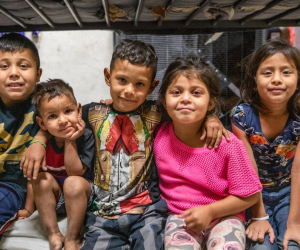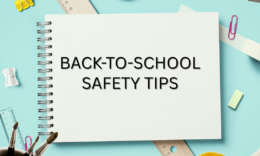Ways To Help After Abuse Prevention Month

April is National Child Abuse Prevention Month and the one month of the year that organizations dedicated to kids and youth highlight the importance of families and communities working together to prevent child neglect and abuse. Beyond that, prevention needs to remain an ongoing priority and a key initiative during the year.
Preventing child and youth maltreatment may feel like a monumental task as we can never eradicate it 100%. However, several actions can be taken throughout the year to continue raising awareness, engaging your community, and offering primary prevention programs that work to decrease ongoing neglect and abuse.
Whether you are an individual or a leader of an organization, you can continue to participate in front-end prevention.
Here are ongoing actions you can do all year long.
- Recognize the Scope – Collectively, prevention programs across the country have made great strides in lessening maltreatment. Nevertheless, gov reports approximately 4.0 million children continue to be referred to child protective services each year. Over three-fourths of the reported cases are a result of physical, emotional, educational, or medical neglect. These facts underscore there is plenty of need for ongoing prevention practices all year long.
- Emphasize Protective Factors – These six protective factors help to promote well-being and assist families and communities in supporting children and youth. When staff and volunteers are knowledgeable about the protective factors, they are better prepared to assist families in obtaining resources to help parent more effectively.
- Volunteer – Volunteering provides an opportunity to give back to your community and make a difference in the lives of others, develop new skills, and build on your experience and knowledge. Volunteering continues to be flexible with multiple hourly, daily, or weekly options offered online or in person. Volunteers continue to be the backbone of many front-line prevention organizations.
- Donate – A donation does not have to be only about money; it can also include time, resources, the sharing of specific knowledge, and pro bono professional services such as human resources, legal, medical, or educational assistance. Every little bit helps!
- Educate – Organizations can offer parenting classes, child safety education, or other family-strengthening programs that bolster social connections and support networks. Families who currently utilize your programs are ideal for additional learning opportunities and will likely participate if childcare is provided.
- Communicate – To show ongoing support and help spread the message of abuse prevention, throughout the year organizations can continue the conversation and build awareness through their social media channels, monthly newsletters, text messages, email distribution, and family outreach.
- Report – Having a well-designed process to document incidents is imperative for improving the safety of children and youth, both for minor scrapes and beyond. Those caring for kids and youth have an obligation to protect the children in their care and are mandated by law to report suspected abuse or neglect. It is best to lead with, “if you see something, say something,” and, of course, document!
This post wraps up our coverage of National Child Abuse Prevention Month for 2021. If you need more child and youth safety information, please search the KidCheck blog under prevention to find other related posts.
For additional safety resources or to join our growing social community, join us on YouTube, Twitter, Facebook, Pinterest, and Instagram.
Sources:
https://www.acf.hhs.gov/cb
https://www.hhs.gov/
https://www.childwelfare.gov/


